Contents
The Top Five Principles of Regenerative Agriculture What Are the Ecological and Societal Benefits of Regenerative Agriculture? What Are the Economic Benefits of Regenerative Agriculture? Can We Use Regenerative Agriculture to Fight Climate Change? How Is Regenerative Agriculture Different from Sustainable Agriculture? Are Regenerative Agriculture and Soil Health the Same Thing? Is Regenerative Agriculture A New Idea? What Conservation Practices Are Used in Regenerative Agriculture? What Does A Regenerative Agriculture Farm Look Like?What Is Regenerative Agriculture?
Regenerative agriculture describes holistic farming systems that, among other benefits, improve water and air quality, enhance ecosystem biodiversity, produce nutrient-dense food, and store carbon to help mitigate the effects of climate change.
These farm systems are designed to work in harmony with nature, while also maintaining and improving economic viability.
The Top Five Principles of Regenerative Agriculture
- Minimize the physical, biological, and chemical disturbance of the soil. For example, regenerative farmers often minimize tilling their land, or forgo tilling all together. They also seek to reduce or eliminate the use of chemicals, such as pesticides and chemical fertilizers.
- Keep the soil covered with vegetation or natural material. Instead of tilling the land, regenerative practices include mulching, planting cover crops (crops that are not sold, but provide other benefits, such as soil improvement, water retention, weed suppression, and erosion prevention), and keeping the land as permanent pasture.
- Increase plant diversity. Diversity helps build healthy soils to better trap water and nutrients, can provide other sources of revenue for the farm, and can benefit pollinators and wildlife. Regenerative farms may vary crop rotations, plant multiple species of cover crops together, grow diverse forage in pastures, and maintain permanent vegetation (conservation cover) in some areas of the farm,.
- Keep living roots in the soil as much as possible. Roots stabilize the soil and continually cycle water and nutrients so these valuable resources don’t wash away. Regenerative farms can do this by planting cover crop seeds in the same fields as their primary crops, prior to harvest, to ensure the fields are never bare (a technique called overseeding); planting their primary crops directly into fields where cover crops are already growing (called planting “green” into cover crops); or converting cropland to pastures.
- Integrate animals into the farm as much as possible. Livestock manure can add valuable nutrients to the soil, reducing the need for fertilizers, and permanent pastures can trap large amounts of carbon and water, reducing farm emissions and polluted runoff. Practices include rotational grazing—moving livestock frequently between grass pastures to allow plants time to regenerate—or grazing cover crops.
What Are the Ecological and Societal Benefits of Regenerative Agriculture?
Regenerative agriculture provides many benefits to farmers, the environment, and society. For example, it can:
- Improve soil health and fertility, which leads to increased farm productivity;
- Produce nutrient-dense foods that are free from chemical contaminants;
- Increase the land’s ability to filter and retain water, making farms and communities more resilient to drought and floods, while also reducing erosion and polluted runoff;
- Improve wildlife habitat and ecosystem biodiversity and resilience;
- Increase the nutrients available to plants and naturally protect against pests, reducing the need for costly fertilizers and pesticides; and
- Capture substantial amounts of carbon from the air and store it in the soil, helping mitigate the effects of climate change.
What Are the Economic Benefits of Regenerative Agriculture?
While many farmers who practice regenerative agriculture are motivated by the ecological and societal benefits highlighted above, economic benefits are also a major factor. Improved soil health can lead to higher crop yields, better forage quality for animals, and reduced risk due to increased resiliency to pests, drought, or floods. Cost savings from reduced use of livestock feed, synthetic fertilizers, herbicides, insecticides, and antibiotics can also have a positive impact on farm profitability. For example, a group focused on promoting solutions to climate change estimated that an investment of $57 billion in regenerative agricultural practices would yield a projected return of $1.9 trillion through savings on costly inputs like synthetic fertilizers and pesticides and increased farm profits.
Can We Use Regenerative Agriculture to Fight Climate Change?
Many of the same conservation practices that reduce water pollution by focusing on building healthy soils and maintaining permanent vegetation, such as forest buffers and rotational grazing, also reduce agricultural greenhouse gas emissions. They do so by reducing the use of farm equipment and actively remove carbon from the atmosphere, potentially taking more carbon dioxide out of the atmosphere than they emit.
For example, CBF’s multi-year study of farms in the Bay watershed that converted conventional farmland to rotationally grazed pasture found an average reduction of 42 percent for net greenhouse gas emissions along with average pollution reductions of 63 percent, 67 percent, and 47 percent for nitrogen, phosphorus, and sediment, respectively.
If the Bay states meet their commitment of implementing 190,500 acres of forest buffers by 2025, it would remove more than 173,000 metric tons of carbon dioxide annually—equivalent to the annual emissions of more than 37,600 passenger vehicles.
In addition to carbon dioxide, farms can reduce emissions of nitrous oxide, which is predominantly produced in the soil by microbial processes and is heavily influenced by how much nitrogen fertilizer and manure farmers apply to the land. By using best practices to manage the amount and timing of fertilizer and manure applications, or converting fields from grain crops to pasture, farmers can directly reduce the amount of nitrogen applied to fields as well as increase the amount of nitrogen used by plants.
Practices that build healthy soils also make the land more resilient to the impacts of extreme weather linked to climate change, like flooding and droughts. Healthy soils are slower to dry out during periods of drought and have a greater capacity to soak water into the ground during heavy rainstorms, reducing flooding. Farms with healthy soils can often reduce their vulnerability to pests, diseases, and other climate-related risks. In addition, forested streamside buffers on farms not only filter pollutants and remove carbon from the atmosphere, but also have a cooling effect on nearby land and streams—an increasingly important role as temperatures rise and threaten aquatic species, like trout, that need cool water to survive.
How is Regenerative Agriculture Different from Sustainable Agriculture?
The 1990 Farm Bill defined the term “sustainable agriculture” to include farms that satisfy human food and fiber needs while also enhancing environmental quality, making efficient use of resources, sustaining the economic viability of farms, and enhancing the quality of life for farmers and society as a whole. Though the definition speaks to enhancing environmental quality, the term “sustainable” can imply a system that simply maintains the status quo. Regenerative agriculture, instead, strives to improve ecosystem health.
Are Regenerative Agriculture and Soil Health the Same Thing?
Healthy soils are the foundation of regenerative agriculture. Regenerative agricultural systems not only help increase the diversity and health of life in the soil, but also increase biodiversity above ground. There is a symbiotic relationship between plants and the tiny organisms that live in the soil, called soil microbes. Plants, through photosynthesis, provide liquid carbon that feeds the soil microbes. In turn, microbes provide plants with nutrients like potassium, iron, calcium, and others that help them grow and stay healthy, ultimately providing nutrient-dense food for animals and humans. By increasing plant diversity on farms, regenerative agriculture helps create greater diversity in the underground food web that processes nutrients and carbon.
“The soil is the great connector of lives, the source and destination of all. It is the healer and restorer and resurrector, by which disease passes into health, age into youth, death into life. Without proper care for it we can have no community, because without proper care for it we can have no life.”
Is Regenerative Agriculture a New Idea?
Diversifying farming systems is a very popular idea in today’s regenerative agriculture movement, but this concept is not new. For example, indigenous communities did not use plows or till the land. They terraced the land to prevent erosion, planted streamside buffers to protect sensitive areas, and grew both wild and domesticated foods. Over a century ago, farmer and scientist George Washington Carver used nitrogen-fixing peanuts to improve soil health, advocated for biodiversity on farms, and promoted the use of compost to improve soil. Regenerative agriculture’s deep roots in farming culture and history provide a strong foundation for the future of food production in the Chesapeake Bay watershed.
What Conservation Practices Are Used in Regenerative Agriculture?
Conservation practices, frequently called best management practices, or BMPs, are tools that farmers can use to reduce soil and fertilizer runoff, properly manage animal waste, and protect water and air quality on their farms. Some of these practices also reduce the amount of carbon dioxide and nitrous oxide in the atmosphere, as well as the amount of nitrogen pollution going into the Bay.
Some key conservation practices are
- streamside forest buffers,
- converting cropland to pasture and rotational grazing,
- diversifying crops that are planted through conservation crop rotation,
- continuous no-till,
- silvopasture,
- cover crops,
- nutrient management, and
- streamside fencing.
Learn more about these conservation best practices.
What Does a Regenerative Agriculture Farm Look Like?
Farms that use regenerative agricultural systems span the spectrum from dairies to beef and poultry operations to organic vegetable growers. Programs like the Million Acre Challenge in Maryland, in which CBF is a founding partner, support their efforts. Here are a few examples of regenerative farms around the watershed.
-
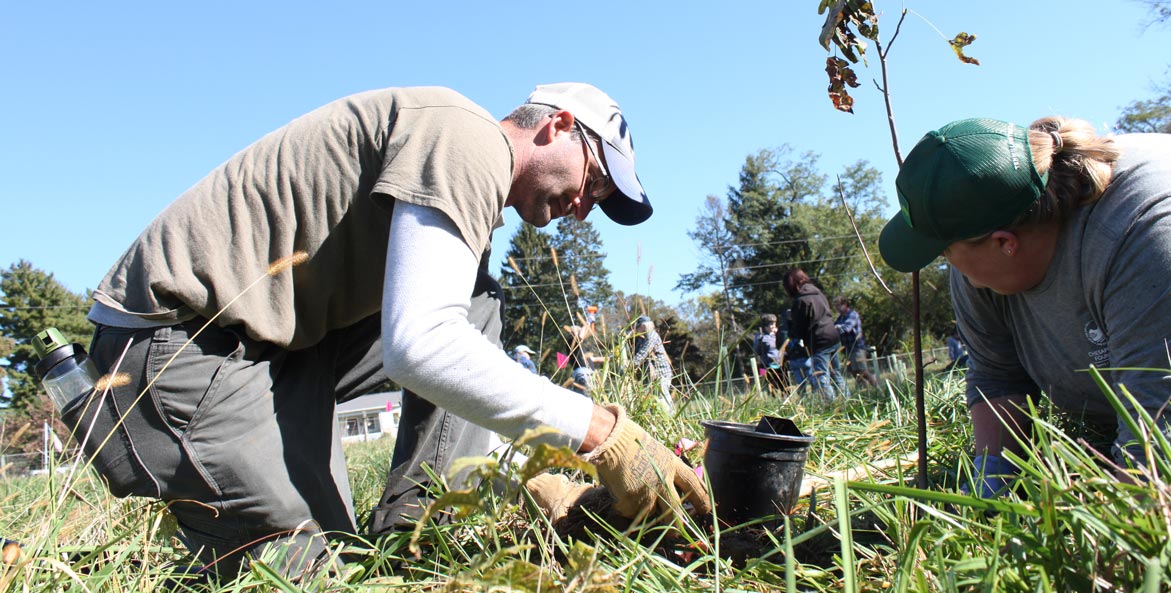
Drager Farms, Marietta, Pennsylvania
On his 50-acre farm near Marietta, Pennsylvania, Nathan Drager moves his herd of certified grass-fed beef cattle between pastures every day. The practice, known as rotational grazing, allows time for the land to rest and regenerate. The grass is thick and knee-high and hums with life. Trees grow along the small stream than runs through the farm and into the nearby Susquehanna River. Some even grow in the pastures themselves—a practice called silvopasture that can provide additional benefits to livestock, such as shade, as well as food crops like nuts and fruit. Instead of using chemicals and fertilizers, Drager says the cattle do the work for him. Through grazing, they find their own forage, spread their own manure, and even trample in the hay in lays down in the winter to add organic matter and seeds to the soil.
"It's all about bringing the soil life back, trying to establish healthy soils with little microbes and earthworms, everything working together," he says. "A field of corn, after they harvest it, it's almost like a field of death—there's nothing alive out there. Here, I'm trying to bring in as many lifeforms as possible." Read the full story
-
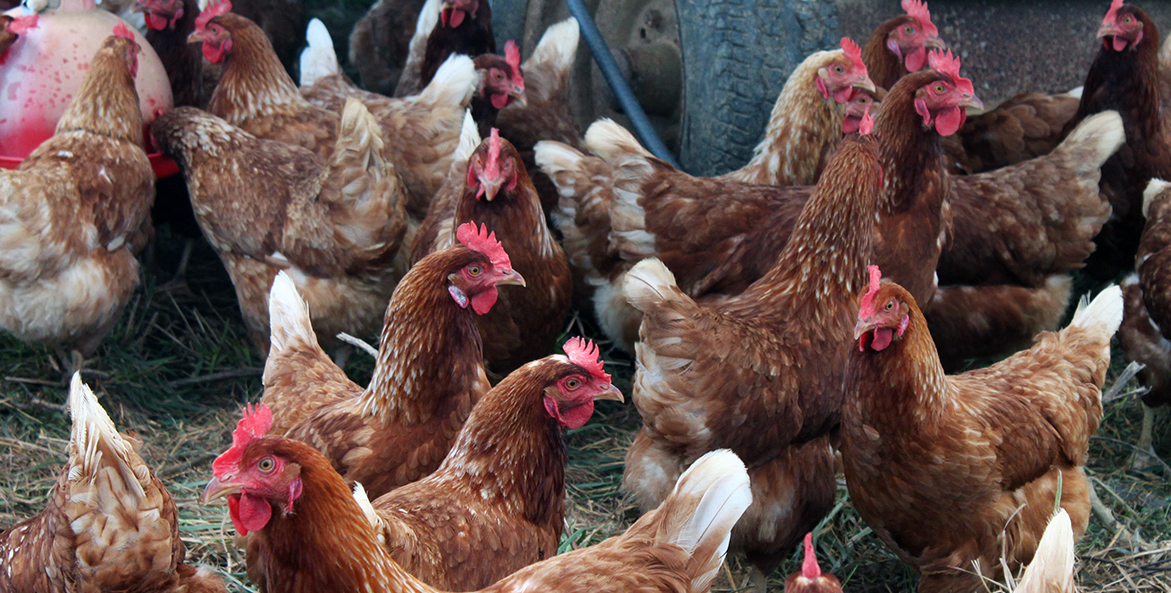
Open Book Farm, Frederick County, Maryland
Since beginning to progressively take over their farmland from a former dairy operation in 2015, MK and Andrew Barnet have worked to convert the conventional corn and soybean fields into organic vegetable beds and rotationally grazed pastures.
They now raise as many as 6,000 broiler chickens, 150 laying hens, 100 turkeys, 10 beef steers, and 20 pigs each year, in addition to vegetable crops. Between May and Thanksgiving, they sell their products at farmers markets, through community supported agriculture (CSA) shares, and directly from the farm. They also sell their chicken wholesale to the Common Market Coop in Frederick and offer a winter CSA share for vegetables, eggs, and meat.
"I feel like we see so much more birdlife, which is really neat," MK says. "We have this big riparian buffer planting, we have lots of pastures that have tall grass, it's lots of habitat." Read the full story -
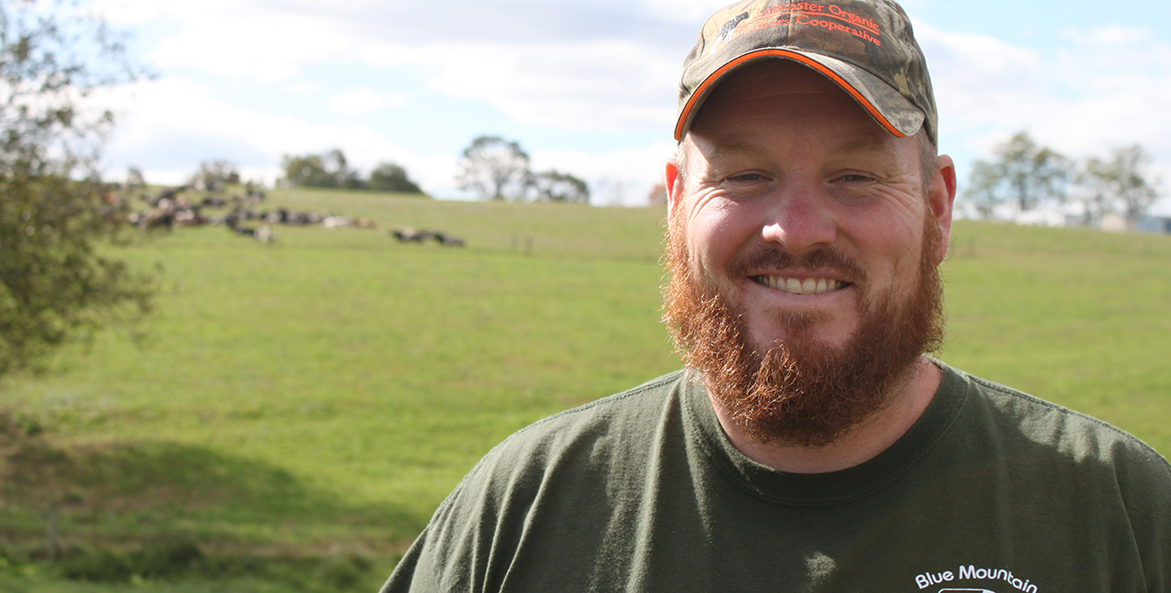
Blue Mountain View Farm, Annville, Pennsylvania
Up the gravel drive at Blue Mountain View Farm, away from the farmhouse, a roofed shelter open on three sides houses roughly two dozen calves of all colors. In the not-so-distant future, they'll join the herd of cows sunning in an adjacent pasture, visible only as distant dots of black and brown and white. Then, for approximately 200 days out of the year, they'll eat grass. Farmer Matt Bomgardner moves the herd to new pasture twice a day during that time, a practice known as rotational grazing.
"It's about competing, and grazing helps you compete by lowering your feed cost," he says.
In 2015, Bomgardner started transitioning the farm to produce organic milk, which requires dairy cows to receive at least 30 percent of their diet from grass pastures. Ultimately, he sees grazing as one way to help family dairy farms in Lebanon County continue into the next generation.
"This is really the way that the small farms are going to be able to survive and thrive," he says. Read the full story
Wayne Snapp, Middletown, Virginia
Learn more about regenerative agriculture in the Chesapeake Bay region through the following stories.
-
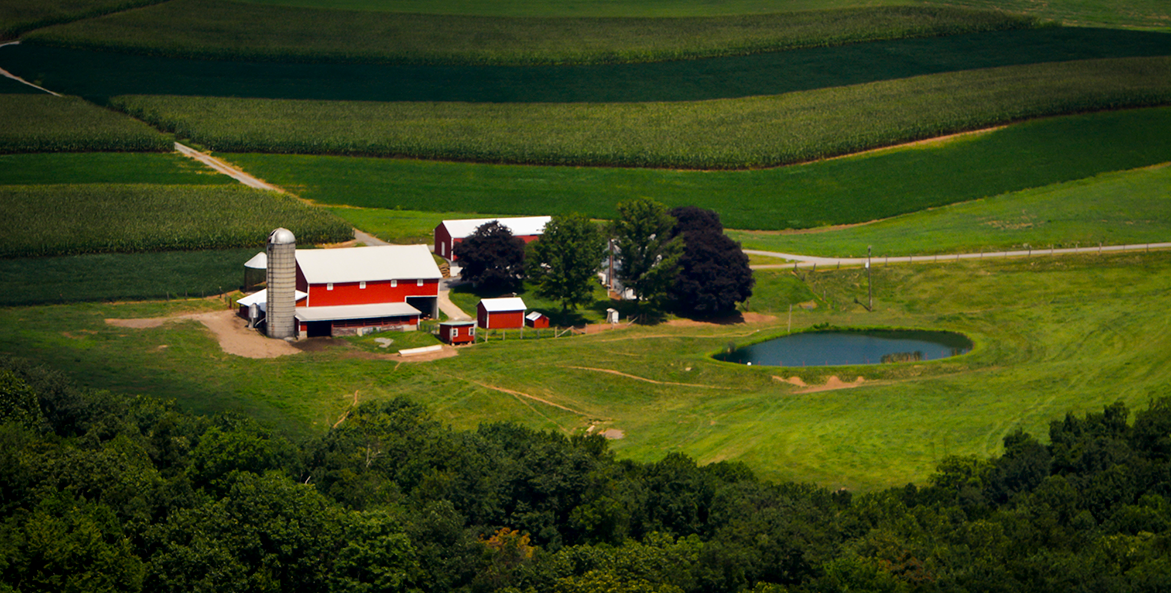
Regenerative Practices Are Best Way to Boost Farm Resiliency, CBF Tells USDA
December 20, 2024
The U.S. Department of Agriculture (USDA) should prioritize regenerative farming methods to promote conservation practices with the greatest climate change mitigation and adaptation benefits, experts at the Chesapeake Bay Foundation (CBF) advised the department in comments filed today.
-
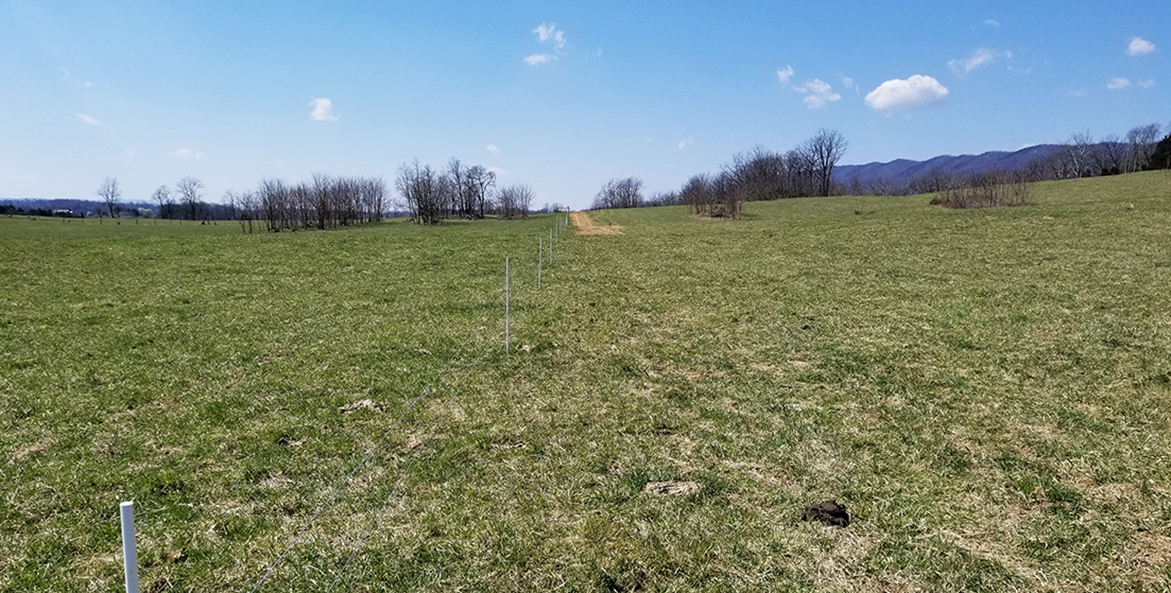
New Program Pays Virginia Farmers and Landowners for Reducing Pollution
December 3, 2024
The bigger the pollution cut, the bigger the payment. That’s the idea behind a new pilot program Virginia farmers and landowners can now benefit from through the state.
-
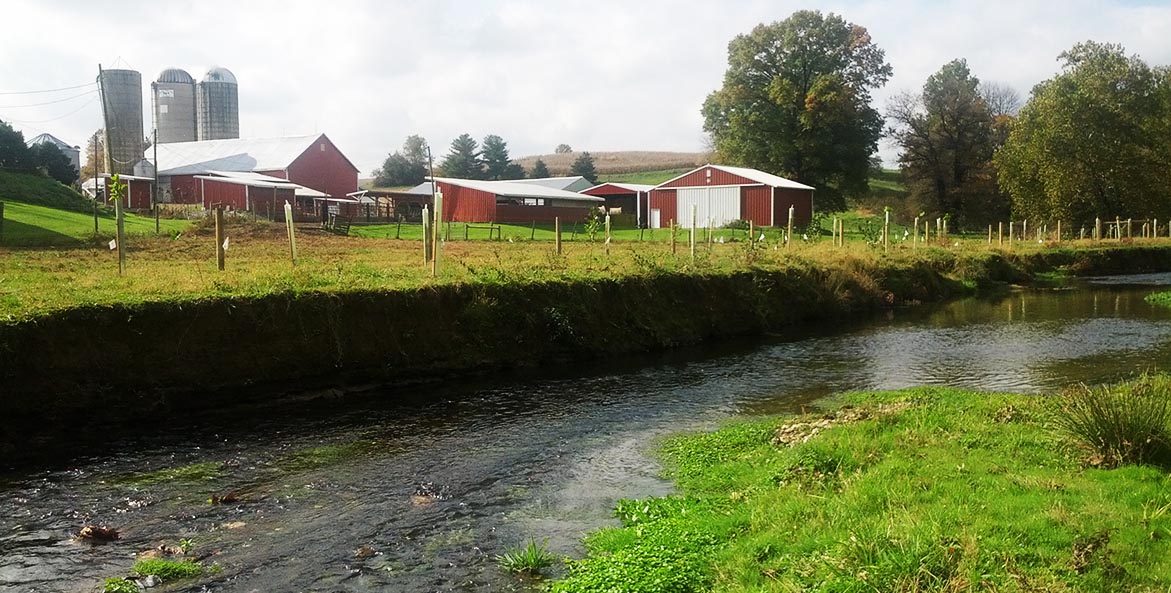
Senate Committee’s Farm Bill Update Would Boost Bay Restoration and Resiliency Efforts
November 19, 2024
The draft Farm Bill text released by Senate Agriculture Committee Chairwoman Debbie Stabenow (D-Mich.) contains several provisions the Chesapeake Bay Foundation (CBF) supports, including improvements to a key buffer program, strengthening conservation investments in the watershed, and protecting additional funds for climate-smart farming practices.
-
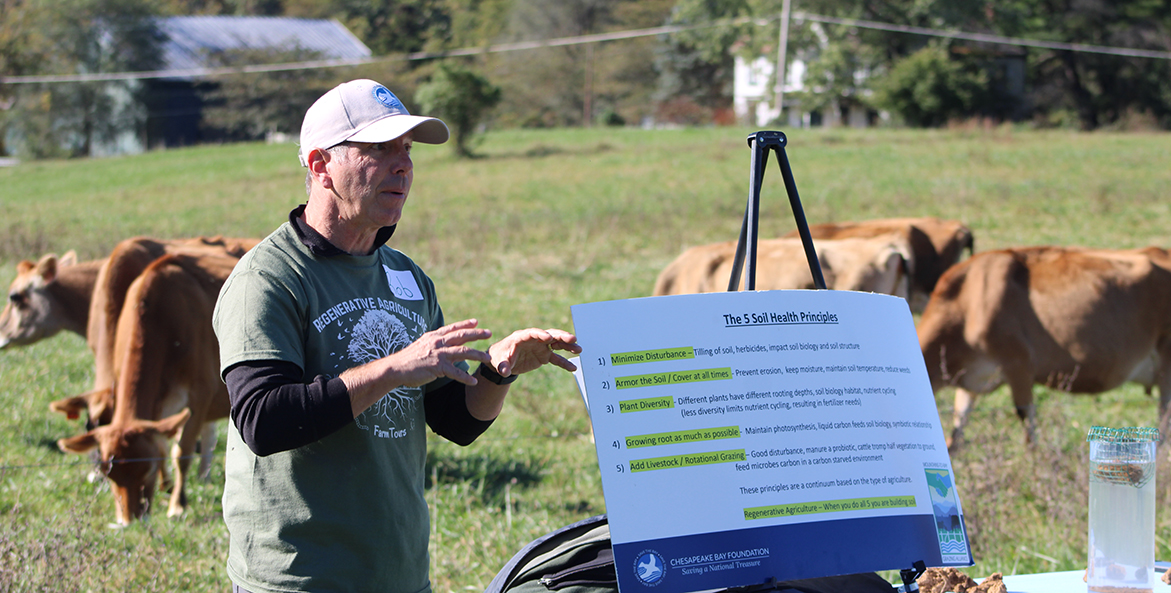
Maryland Farmers Demonstrate Regenerative Agriculture for State Leaders
October 21, 2024
On Friday, October 18, Maryland policymakers, environmental partners, and farmers visited two Frederick County farms that are improving soil health, water quality, climate resilience, and biodiversity through regenerative agriculture.
-

$500,000 Grant to CBF Will Strengthen And Expand Riparian Buffer Efforts in 12 Counties
October 17, 2024
A grant of $500,000 to the Chesapeake Bay Foundation (CBF) was one of a dozen new grants totaling more than $3.4 million announced this week that will improve water quality and fish and wildlife habitat in parts of Pennsylvania’s Chesapeake Bay watershed and other watersheds.
-
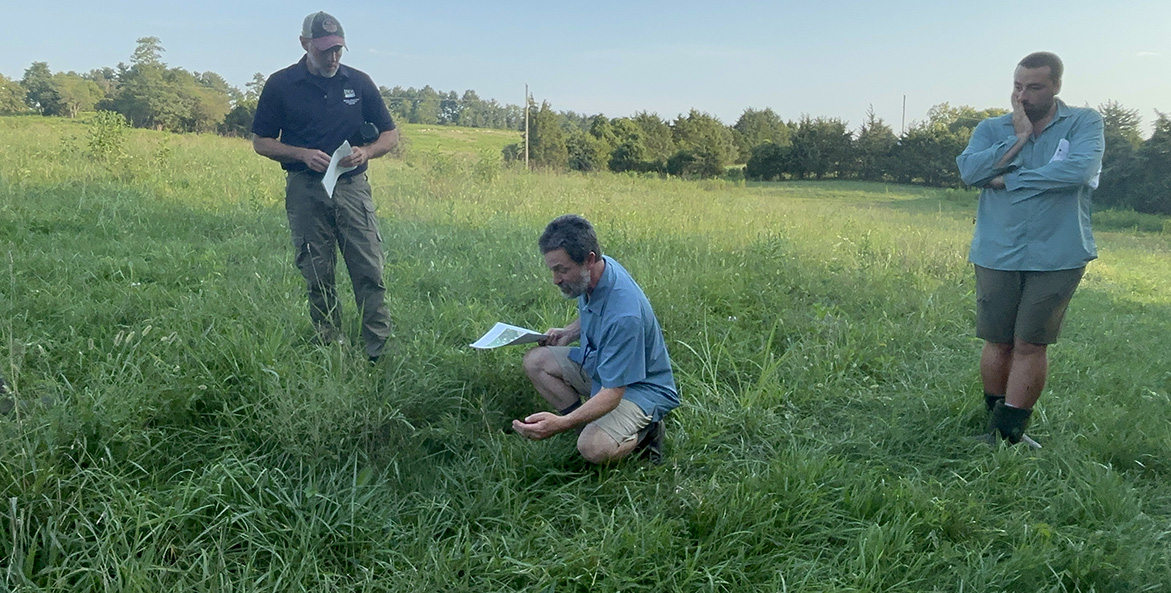
Farmers Share Conservation Practice Experiences at Clarke County Grazing Roundtable
August 29, 2024
The Chesapeake Bay Foundation is a partner in the Mountains-to-Bay Grazing Alliance, which hosted a roundtable Wednesday, providing local farmers an inside look at conservation practices in action at a local 227-acre farm.
-
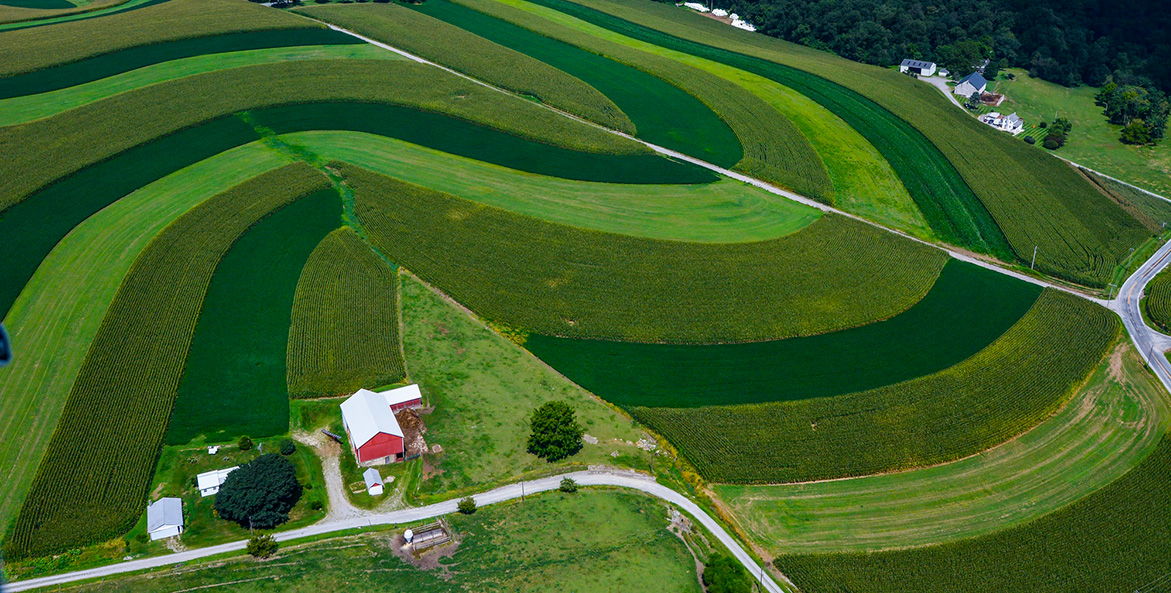
PA State Budget Includes $50 Million in Increased and Sustained Funding for Cleaner Rivers and Streams
July 12, 2024
The Chesapeake Bay Foundation (CBF) is celebrating that $50 million in new annual funding for the Clean Streams Fund, which extends the Agriculture Conservation Assistance Program (ACAP), is included in Pennsylvania’s General Fund budget for fiscal year 2024-25.
-
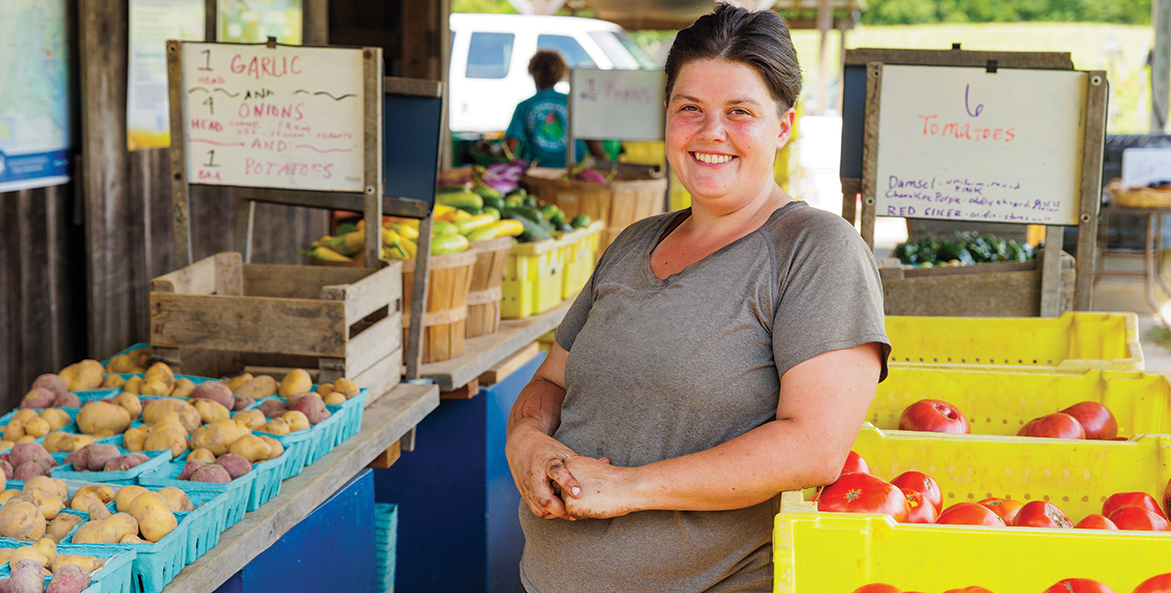
Farm-Fresh, Local Maryland Produce Available From CBF’s Clagett Farm
May 8, 2024
There is still time for Maryland residents seeking local, healthy produce this summer to sign up for Clagett Farm’s Community Supported Agriculture (CSA) program.
-

Farm Bills Released by U.S. House and Senate Could Benefit Chesapeake Bay
May 1, 2024
Leaders of the congressional agriculture committees today unveiled separate versions of legislation to reauthorize the Farm Bill, the largest and most influential agricultural legislation in the nation.
-
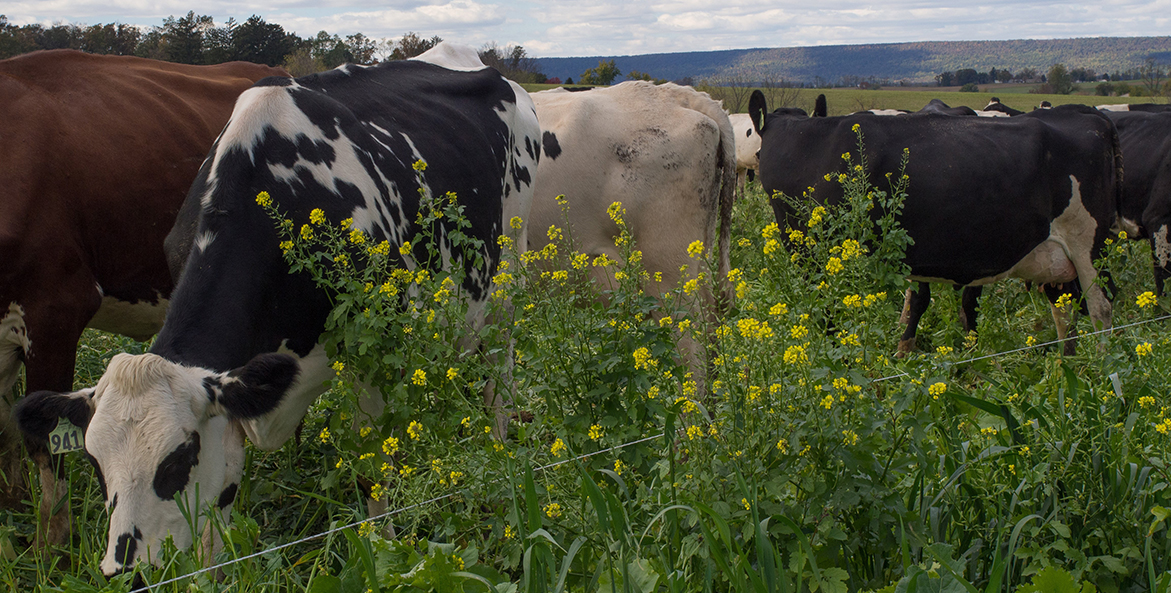
Maryland, Virginia, West Virginia Farmers to Benefit from Nearly $1 Million in Conservation Grants
March 27, 2024
New support for conservation practices through two grants awarded to the Chesapeake Bay Foundation (CBF) was announced as part of a historic investment in Bay restoration and community engagement.
-
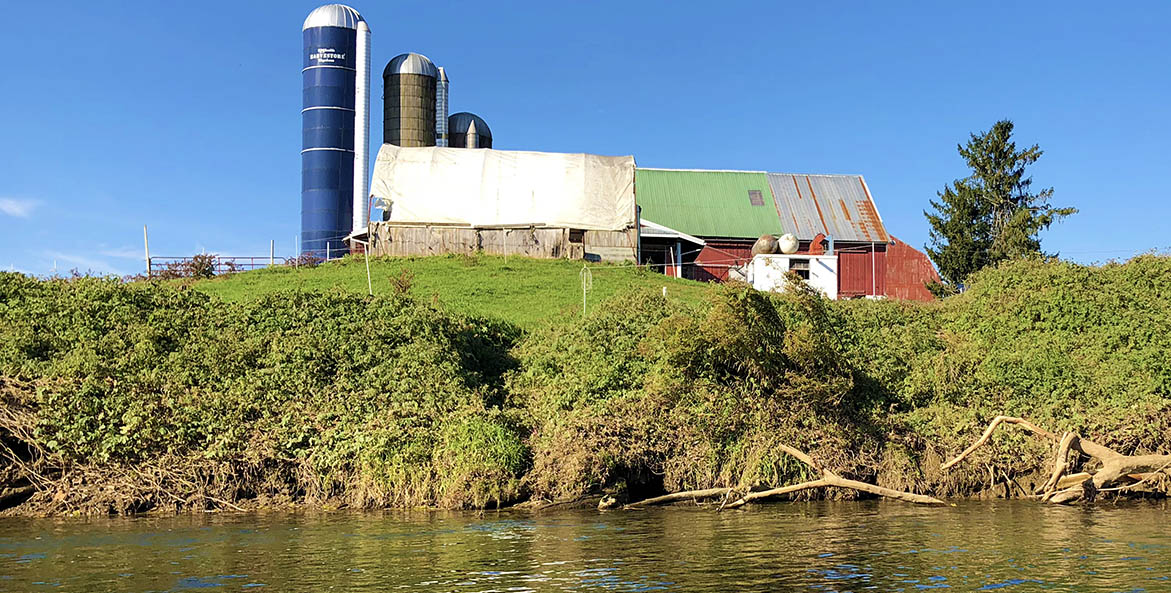
Conservation Coordinators Join CBF to Accelerate The Renewal Project for the Pequea and Halfmoon Watersheds
February 8, 2024
Isabel “Izzy” Snee and Mariah Saunders have joined the Chesapeake Bay Foundation (CBF) team as conservation coordinators, working to accelerate progress toward bringing impaired streams back to health in parts of four Pennsylvania counties.
-
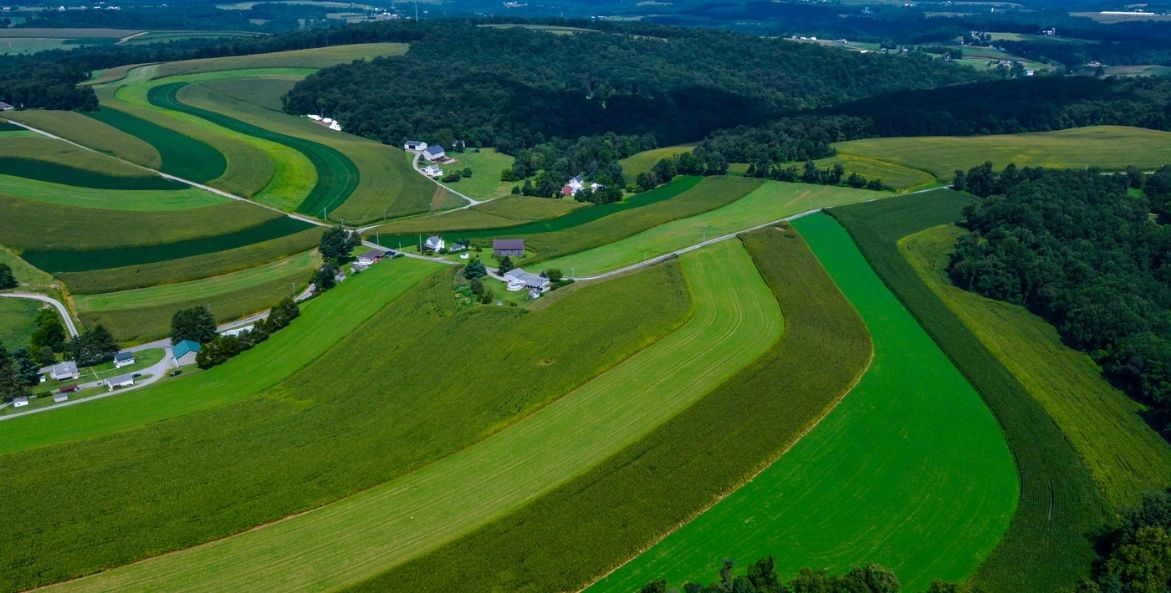
More Funding for Farm Practices and Livestock Exclusion Are Among CBF's Legislative Priorities for Pennsylvania in 2024
December 19, 2023
Increased and sustained funding for farm practices and more streambank fencing are among what the Chesapeake Bay Foundation (CBF) sees as legislative priorities for Pennsylvania in 2024.
-
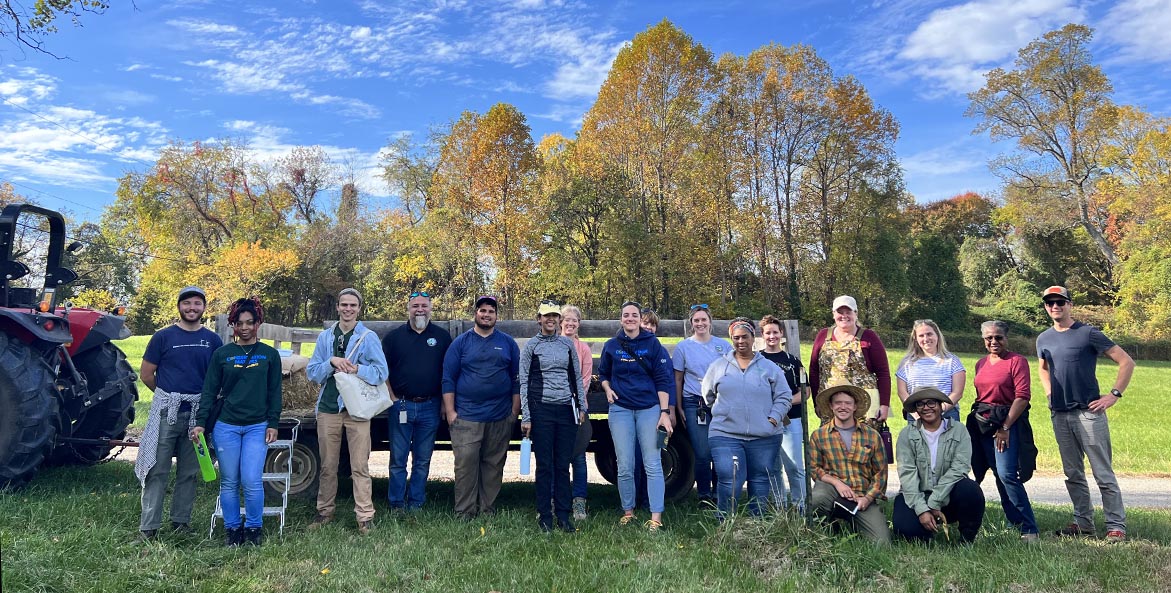
Little Pieces of Life, Green, and Community
November 9, 2023
In building local food systems that support community and environmental wellbeing, small and urban farms have an outsized impact.
-
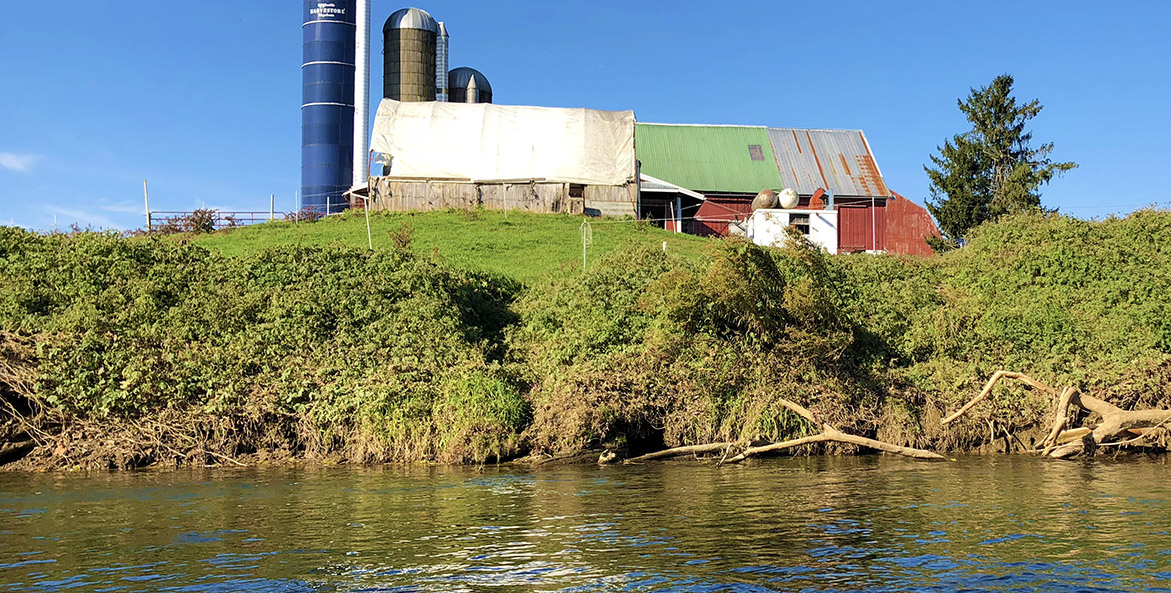
Renewal Project Accelerates Restoration Work In Halfmoon and Pequea Watersheds
October 30, 2023
The Halfmoon and Pequea Creek Watersheds Renewal Project, coordinated by CBF, is accelerating progress toward bringing impaired streams in the two Pennsylvania watersheds back to health.
-
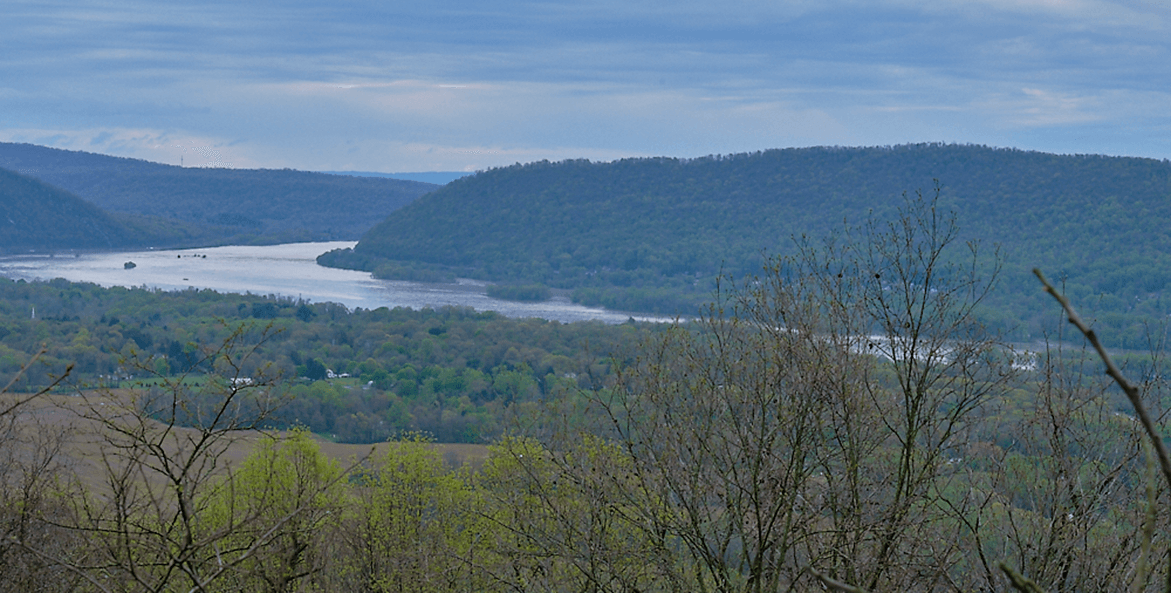
As the Miles of Impaired Waters Increase, CBF Sees Opportunities and Momentum in Pennsylvania
October 27, 2023
On Saturday, the Pennsylvania Department of Environmental Protection (DEP) will open for public comment its Draft 2024 Integrated Water Quality Monitoring Report that identifies 28,820 miles of waterways in the Commonwealth that have been damaged by pollution.
-

What Would a Dream Food System Look Like?
October 23, 2023
CBF's Clagett Farm Vegetable Production Manager Jared Planz discusses the value of eating local.
-

CBF Taps Restoration Expertise to Advise White House on Valuing Nature’s Benefits
September 20, 2023
CBF urged the White House not to limit the guidance it is drafting on valuing the benefits of healthy ecosystems just to regulatory decisions in comments CBF recently submitted to the Office of Management and Budget.
-
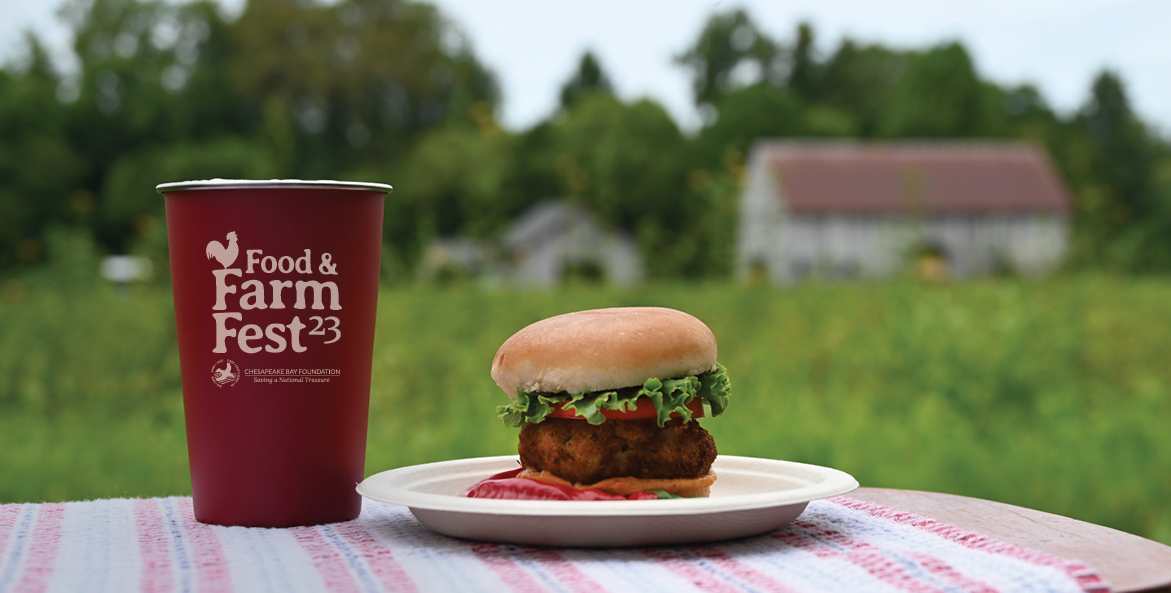
Our Wisest Pursuit
September 8, 2023
At CBF, we’ve seen firsthand the benefits that come with adopting the principles of regenerative agriculture. Now you can join us in celebrating everything regenerative farming offers at our Food & Farm Fest at CBF's Clagett Farm this October.
-
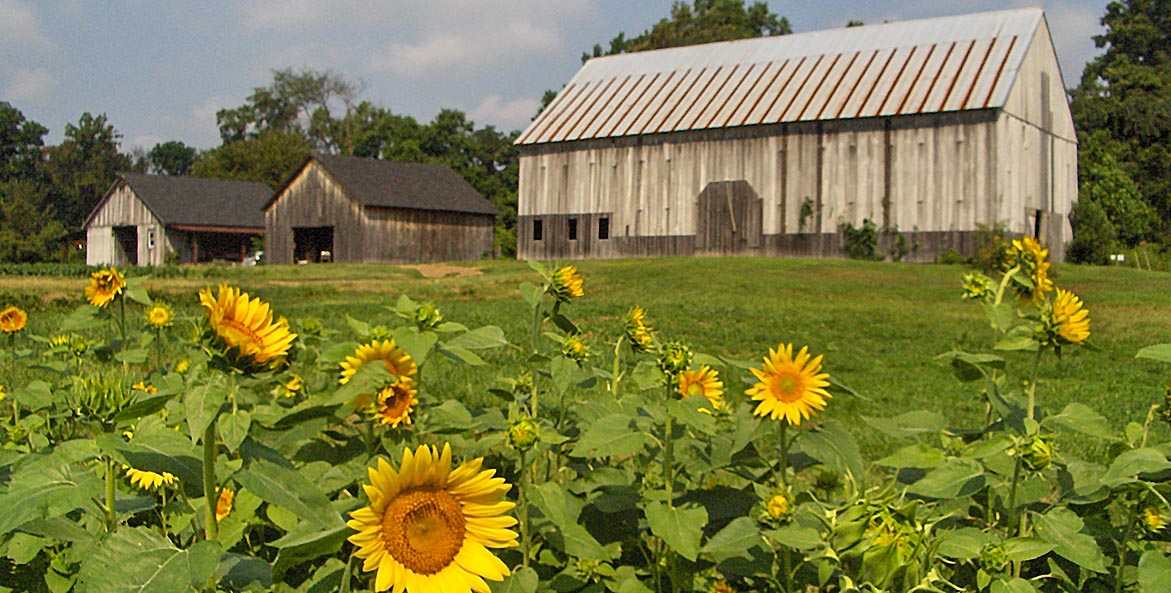
CBF Food & Farm Fest Celebrates Delicious Local Fare, Family Fun, and Environmentally Friendly Farming
September 7, 2023
With fall just around the corner, CBF invites you to join our celebration of the Bay region’s best local food and drink from noon to 4 pm on Saturday, October 14, at CBF’s Clagett farm in Upper Marlboro, Maryland.
-

CBF Applauds $14.3 Million in Bay Program Grants To Benefit Pennsylvania Farms, Improve Local Waters
July 25, 2023
CBF applauded today’s announcement in Pennsylvania that $14.3 million will benefit farms and help farmers implement conservation measures to improve water quality locally and at the Chesapeake Bay.


